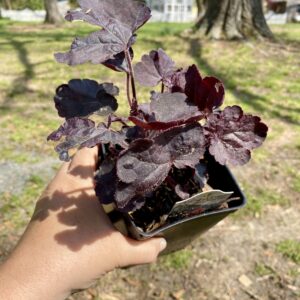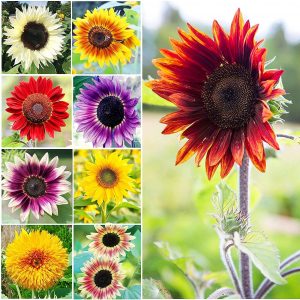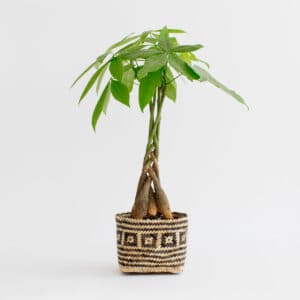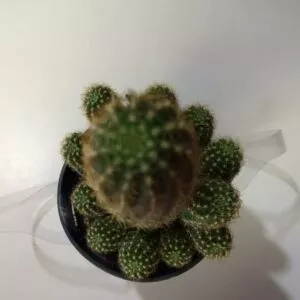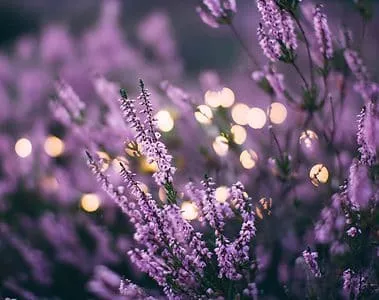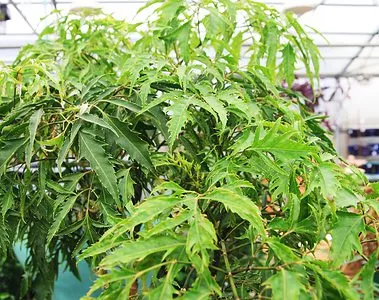No products in the cart.
Table of Contents
The fern is one of the oldest indoor plants, dating back to the Stone Age. These plants adapt well to thrive indoors when you give them the proper humidity.
But, first, you must agree to look at the image; the delicate curled leaves unfurl long into lacy fronds.
Asparagus, button, holly, maidenhair, and staghorn ferns are available. No matter which tropical ferns you have, the plant care remains the same. So today, we will provide fern plant care for all the varieties seen here.
Indoor Fern Plants To Grow
Regarding ferns, you need not have a green finger as these species work well growing as house plants and thrive outside. Just like in their natural habitat.
Asparagus fern (Asparagus aethiopicus)
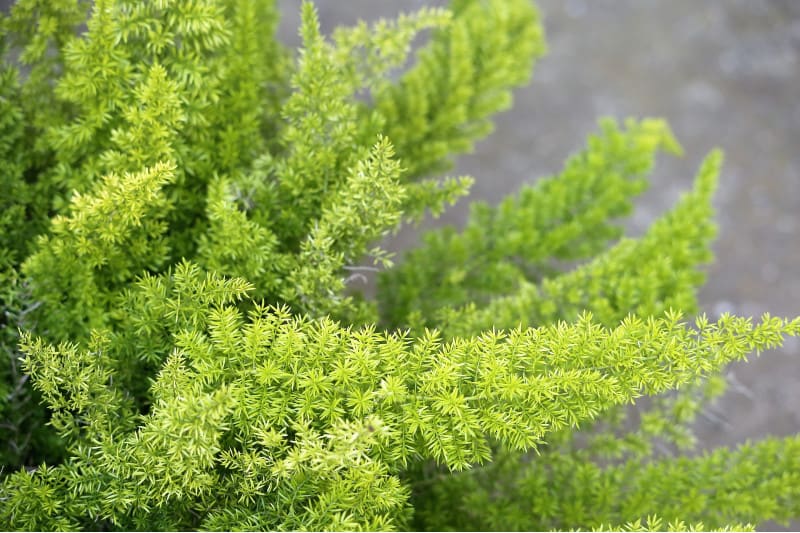
The fern fronds on this plant are delicate and look splendid in a minimalistic interior. You see a Japanese zen garden as humidity comes highly appreciated.
Boston ferns/sword fern (Nephrolepis exaltata)

You must agree that many gardeners see this Boston fern as typical. It is a popular indoor garden plant. This guy loves humidity, and you can keep this plant thriving for a long time with a mister.
Bird’s nest fern (Asplenium nidus)
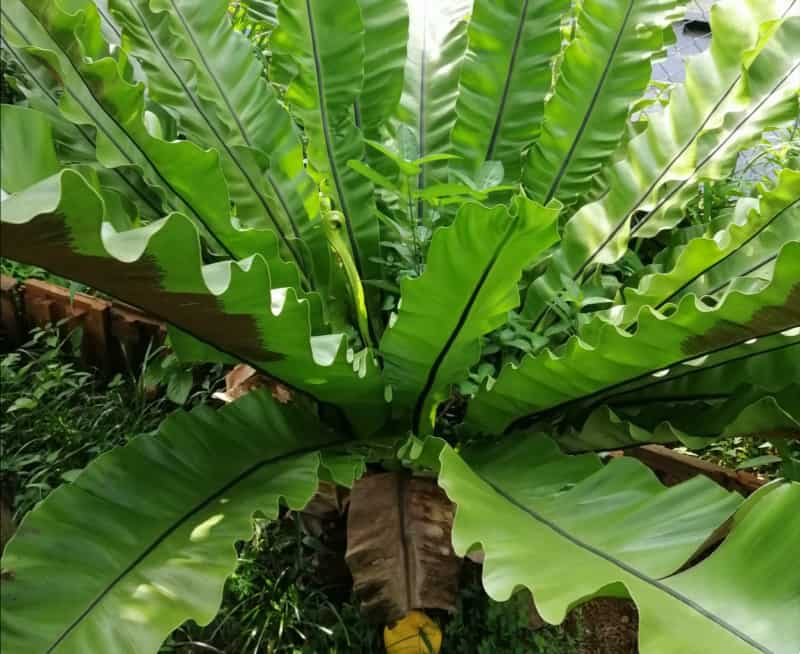
The fern has a full yet flat uncut leaf, and you can expect them to grow up to 4 feet long. Compared to other ferns, this plant has leaves different from your typical fern fronds.
Holly fern (Cyrtomium falcatum)

The Holly fern is a hardy plant with thick segmented fronds. It is a non-flowering plant with sori packets found on the underside of the leaves. Here microscopic spores spread for photography and are distributed by the wind. Check our article Holly Fern Plant Care for a detailed fern care guide.
Maidenhair fern (Adiantum tenerum; Adiantum capillusveneris)
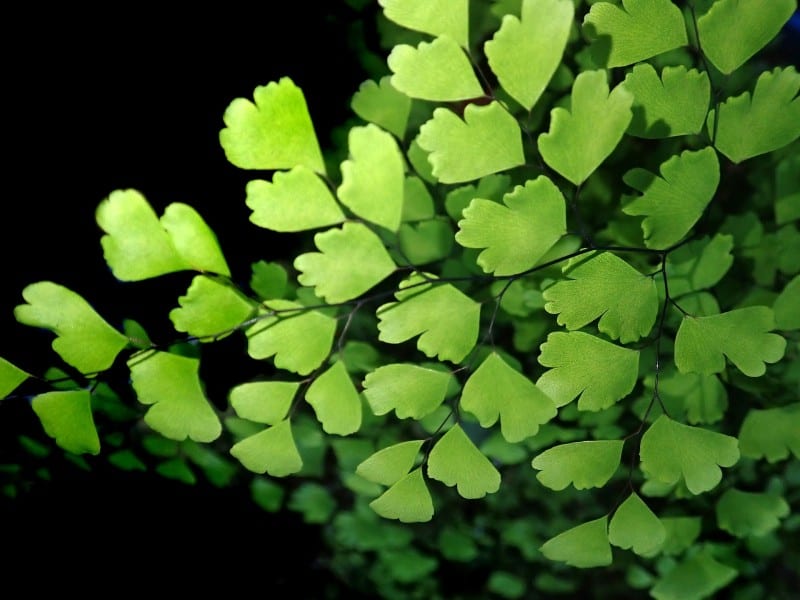
The fern has feathery fronds and can be tricky to keep healthy. Still, the main culprit causing severe damage to this plant is direct sun.
Button fern (Pellea rotundifolia)

The plant is small and slow-growing with button-like leaves and is native to New Zealand. It is not fussy vegetation compared to your other indoor ferns. But do not confuse it with the lemon button fern that is different.
Rabbit’s foot fern (Davallia fejeensis)
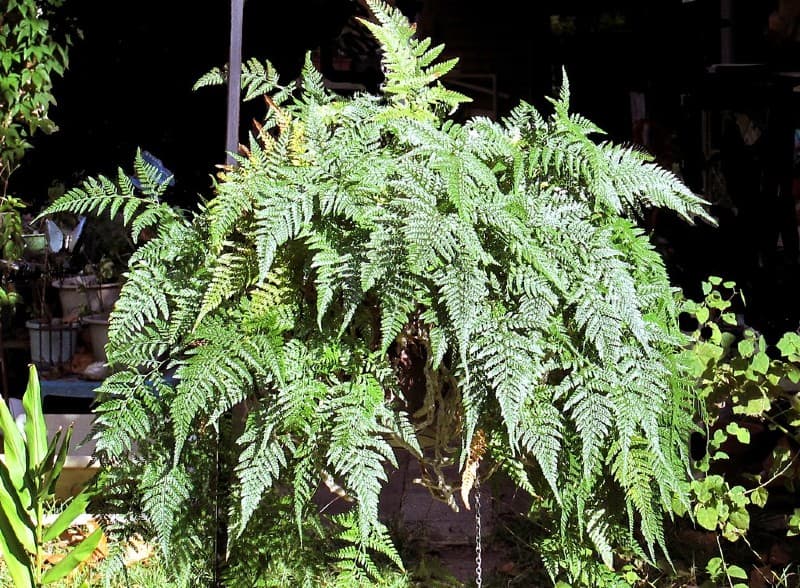
Now, this is one unique fern with furry rhizomes that grow at the base of the vegetation. You must agree it does look like a rabbit foot.
Staghorn fern (Platycerium bifurcatum)

For an out-of-this-world appearance to add to your living space, nothing comes close to these plants. It has two types of leaves resembling a horn of a herbivore. You can mount them in a basket and enjoy indirect sunlight. For a more detailed care guide check our article Staghorn Fern Plant Care.
Tree fern (most often Cyathea cooperi)

The pteridophyte grows a thick yet woody stalk, and the fronds come out of the top. With it, you can add a summer charm to your home garden, and it even looks excellent growing beside a fishpond.
Fern Plant Care
Excellent now that you know which ferns you can grow in your garden or home-here is a summary of how to take care of them:
Scientific Name: Polypodiopsida
Common Name: Fern
Plant Type: Non-flowering vascular plants
Native to: South Africa, Australia, North America, Mexico
Blooms: No blooms
Maximum Size: Up to 80 feet tall depending on the species
Watering Requirements: Frequent watering
Light Requirements: Indirect light and not direct sunlight
Preferred Humidity: High
Preferred Temperature: Warm environment
Soil or Potting Medium: Well-draining soil
Fertilizer: Liquid fertilizer
Propagation Method: Division, bulbils, spores
Vulnerability: Root rot
Toxicity: Some are toxic while others are not, and best to take care of children and pets
Potting Mix Indoor Ferns
Most ferns flourish in well-aerated, consistently moist potting soil. Still, one thing fern varieties enjoy is acidic soil. So, while it can tolerate different soil types, the critical thing is aeration and drainage.

So add that organic matter with some perlite to the mix. Doing this provides ferns with soil aeration and drainage to keep them thriving. This remains important whether you have one in a hanging basket or growing ferns outside.
The organic matter provides a slow-releasing supply of nutrients to keep them smiling and happy.
Lighting Demand For Fern Fronds
Growing ferns indoors all comes down to choosing the correct location. The same applies when planted outside. As ferns grow in tropical regions on forest floors, they do not need full sun to flourish.
They can thrive in bright indirect light for up to six hours. Still, the greenery can also thrive in low light, and it is best to protect it from bright light as the leaves can turn yellow.
So for optimum growth, ferns love hanging baskets or growing next to tree trunks without too much sun.
Watering Needs For Ferns
Okay, these vegetation are heavy drinkers (gulp, gulp, gulp) and need frequent watering compared to other house plants. But you can water them moderately when you notice the top few inches of the earth drying out.
The reason to keep the soil moist is due to a high rate of water transpiration through the leaves. Many indoor ferns have feathery textures leaf, and a lot of water is lost in the atmosphere, causing a loss in moisture.
So please do not leave your babies without water for too long as they start to shed those gorgeous leaves. Hence, the rule of thumb is to feel the ground, and if the top two inches are completely dry, water your fern. Another important note is to provide them with room-temperature water to prevent shock.
Ideal Temperature & Humidity

You can quickly grow fern varieties indoors, as average temperatures are similar to growing in tropical environments. The best-growing temperature is 60-80°F (18-26°C).
While cold-hardy, it cannot tolerate temperatures of 20-30°F (-1 to -7°C). So if your greenery stands on the patio and gets icy cold, we recommend bringing it in.
Besides, ferns thrive in high humidity and help to provide them with a pebble tray or humidifier close to them. It helps to keep the moisture levels liveable for your ferns.
Fertilizing Ferns
While fertilizing is unnecessary, you can occasionally give them mild feed dosages for fast growth during the growing season. In addition, you can use a liquid houseplant fertilizer at about half strength and water them before feeding to reduce the risk of root burn. Also, stop fertilizing in the fall to winter months.
In stock In stock In stock In stock
$12.99
Sold By:
BubbleBlooms
Pilea peperomioides / Chinese money plant / Chinese missionary plant
Only 993 available and it’s in 4 people’s basket Rated 4.81 out of 5 based on 279 customer ratings04
Sold By:
BubbleBlooms
$12.00
Sold By:
Smoot's Farm
Coral Bells Black Forest Cake Heuchera 3″ Tall Pot Live Perennial
Rated 4.89 out of 5 based on 27 customer ratings00
Sold By:
Smoot's Farm
Free Shipping
$9.96 – $11.96
Sold By:
CZ Grain
Sunflower Seeds for Planting – Jumbo Mix Pack – 15+ Varieties – (Helianthus annuus) – Non-GMO Seeds
Only 883 available and it’s in 3 people’s basket Rated 4.60 out of 5 based on 156 customer ratings00
Sold By:
CZ Grain
Free Shipping
$75.99
Sold By:
Cacti and Exotica
Ferocactus emoryi | Fishhook Barrel Cactus | 6″ Pot
Rated 4.98 out of 5 based on 59 customer ratings00
Sold By:
Cacti and Exotica
Fern Propagation
The fantastic thing is propagating your fern varieties using division or the seed (spores) to grow new plants. Still, the asparagus or Plumosa can only multiply with spores. That is if you can get your hands on them.
You can do this when it blooms and bears fruits. Unfortunately, that is a rare occasion. Check out this handy guide on growing them from the spores. Of course, the best way is to use division and do this by identifying the clusters and tubers.
You can put them in the same potting mix as your mother plants. Ensure the air pockets are removed from all sides of your vegetation and water it well. You can then cover the tubers with a plastic bag and leave them for a week or two to speed up the process.
USDA Growth Zone

In the USDA hardiness zones 9 to 11, you can grow your plant outdoors all year round. But if you live in cooler climates, you must bring them indoors to protect them in the winter.
Potting and Pruning your Indoor Plant
Your ferns only need a small to a medium-sized pot, but some varieties need a large pot, depending on their growth. Most ferns love to be root-bound, and adding a layer of rocks to the bottom is outstanding in providing the correct drainage.
Doing this also prevents the drainage hole from getting clogged. Now, ferns can grow out of place and might need pruning back to maintain them. But, again, the best is to remove the damaged fronds, and annual pruning helps with the growth.
So the best time to prune is when you repot your baby in early spring or summer.
In stock In stock In stock In stock
$12.99
Sold By:
BubbleBlooms
Pilea peperomioides / Chinese money plant / Chinese missionary plant
Only 993 available and it’s in 4 people’s basket Rated 4.81 out of 5 based on 279 customer ratings04
Sold By:
BubbleBlooms
$12.00
Sold By:
Smoot's Farm
Coral Bells Black Forest Cake Heuchera 3″ Tall Pot Live Perennial
Rated 4.89 out of 5 based on 27 customer ratings00
Sold By:
Smoot's Farm
Free Shipping
$9.96 – $11.96
Sold By:
CZ Grain
Sunflower Seeds for Planting – Jumbo Mix Pack – 15+ Varieties – (Helianthus annuus) – Non-GMO Seeds
Only 883 available and it’s in 3 people’s basket Rated 4.60 out of 5 based on 156 customer ratings00
Sold By:
CZ Grain
Free Shipping
$75.99
Sold By:
Cacti and Exotica
Ferocactus emoryi | Fishhook Barrel Cactus | 6″ Pot
Rated 4.98 out of 5 based on 59 customer ratings00
Sold By:
Cacti and Exotica
Fern Indoor Plants Diseases & Pests
Your ferns do not get infected by many pests or diseases. Still, it does depend on the species you have. The main concern is root rot and that the plant is toxic to pets. Other things you need to keep an eye on are:
- Yellow leaves and a sign of several things from improper watering but not soggy. Dry air can also cause this to happen, so misting your babies helps. Or your plants are getting too much sun.
- Leaves turn brown and can result from too much fertilizer or overwatering. Another concern is touching your ferns too much, causing brown spots on the leaves.
Frequently Asked Questions
Remove the outside shoots of the pot by giving them trim only to keep the upright fronds. Place your foliage in a bright place and water them once a week.
When your ferns die, they can be from low humidity caused by central heating or underwatering. This is because the leaves take in moisture from the air. Yet, not having enough precipitation results in brown and crispy leaves. The best is moist soil using warm water instead of cold water.
When you prune your plants during repotting by cutting them back, it encourages bushy growth. It also helps to correct dull yet leggy new growth.
Ferns prefer not standing in direct sunlight as the fronds can burn. We recommend an east or north-facing window to receive bright but dappled sunlight.
Ferns grow with an extensive root system, and watering them with Epsom salt water helps to release magnesium and sulfate iron that the roots absorb. It helps them grow healthy.
When you mist your trees like ferns, it helps to add moisture back into the foliage, and using a humidifier will help keep the humidity at the proper levels in the whole room for your pot plants.
Whether you want to buy, sell, or simply reach out to other plant enthusiasts, Plantly is the right place to be!
-
$6.00Sold By: Smoot's Farm
In stock
Succulent Succulent Haworthia Herbacea 2″ Pot Live Plant
Only 5 available and it’s in 1 people’s basketRated 4.89 out of 5 based on 27 customer ratings00Sold By: Smoot's Farm -
$44.00Sold By: NEEPA HUT
In stock
6″ Braided Money Tree Plant + Planter Basket
Only 10 available and it’s in 3 people’s basketRated 4.99 out of 5 based on 221 customer ratings06Sold By: NEEPA HUT -
$11.99Sold By: Succulent Oasis
In stock
Cactus Plant Medium Chamaelobivia “Rose Quartz”
Rated 4.84 out of 5 based on 352 customer ratings02Sold By: Succulent Oasis -
$12.99Sold By: BubbleBlooms
In stock
Pilea peperomioides / Chinese money plant / Chinese missionary plant
Only 993 available and it’s in 4 people’s basketRated 4.81 out of 5 based on 279 customer ratings04Sold By: BubbleBlooms

